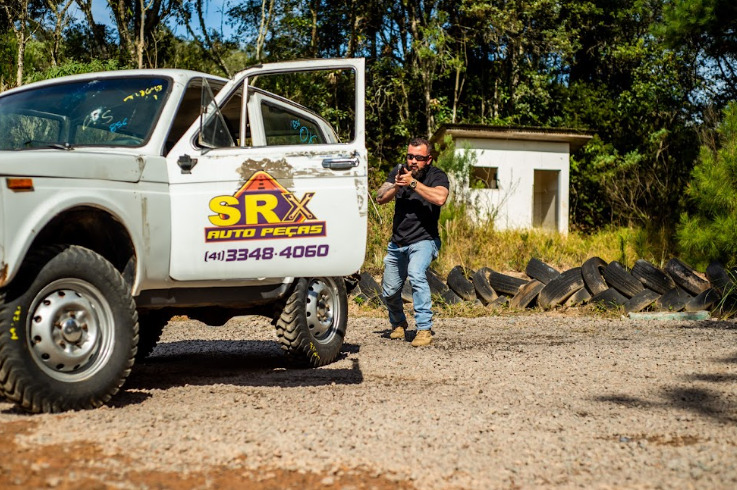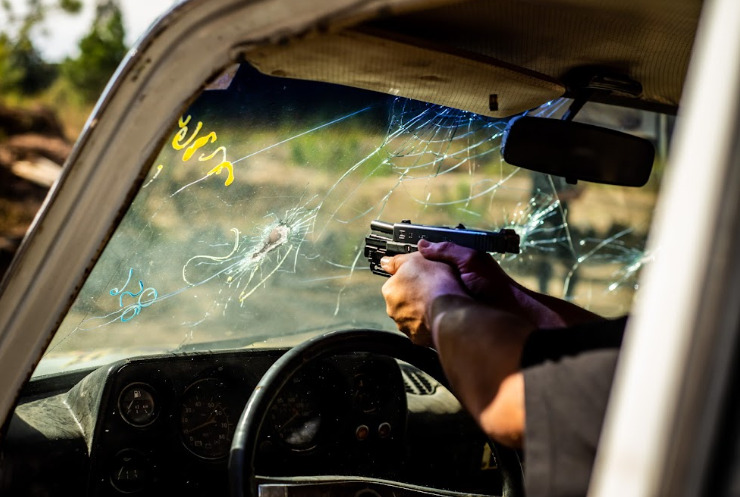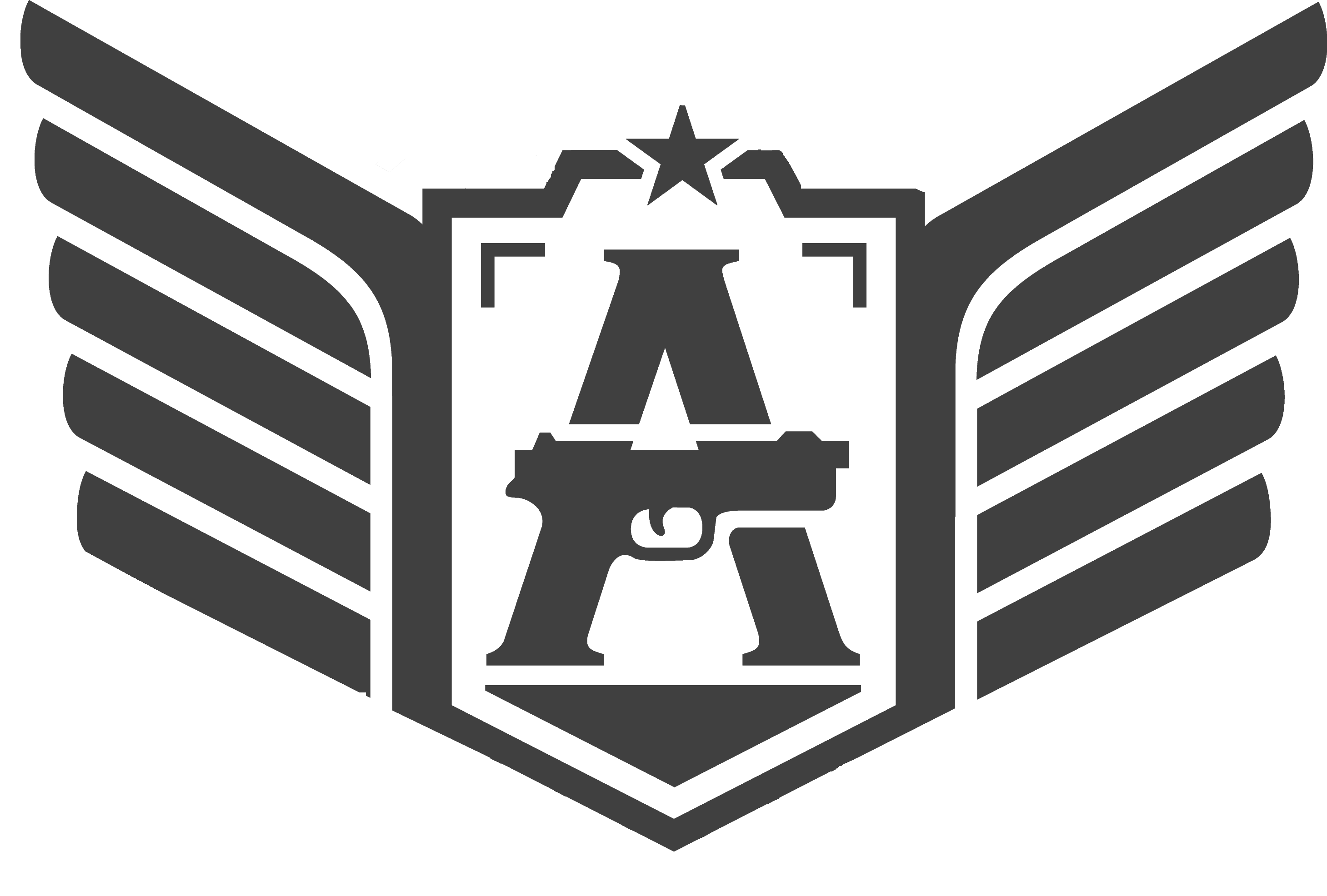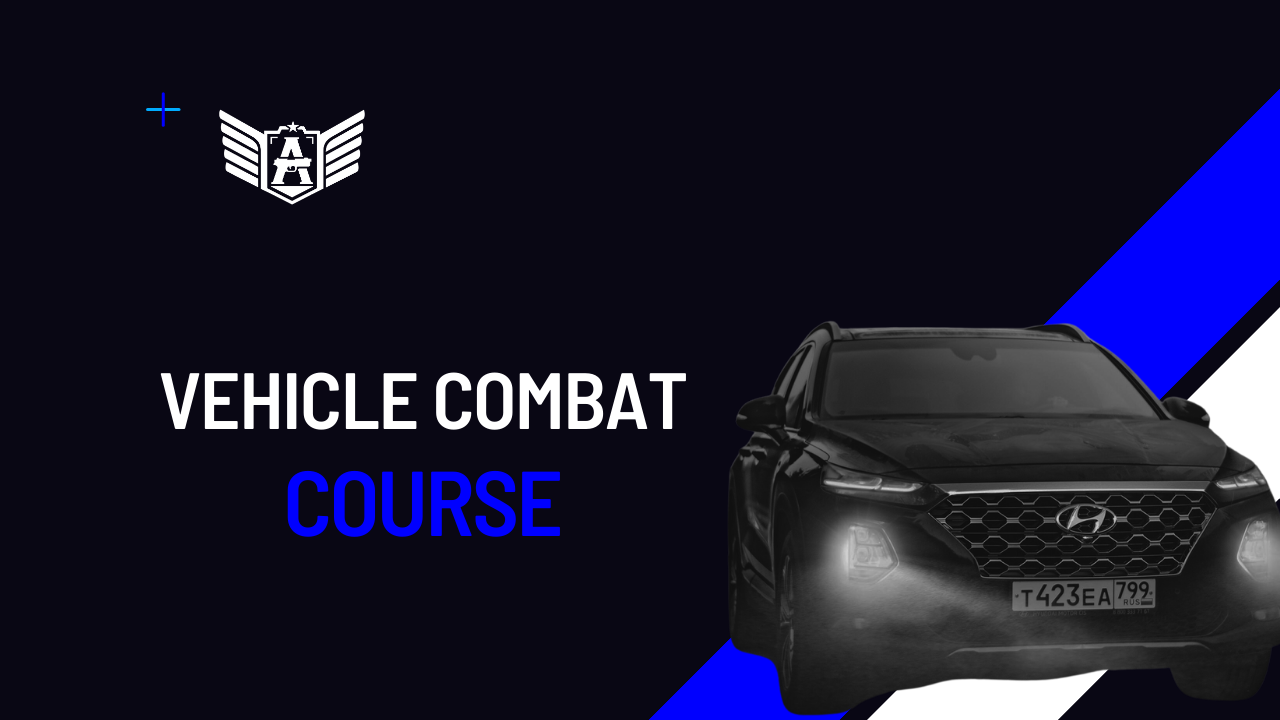



Vehicle combat courses are quite popular worldwide, especially in large cities, where people spend a significant amount of their time inside their cars. This increases the chances of getting involved in potentially life-threatening situations in this environment.
ABA Intl has developed its own doctrine for vehicle combat with special care to avoid mixing different fields of operation. It’s common to see armed civilians, off-duty police officers, and military personnel trying to apply procedures developed for a different reality to civilian environments. This can lead to unnecessary risks and potentially disastrous outcomes.

In this context, our course is designed to cater to various audiences, considering the individuality of their daily practices. It includes techniques and strategies focused on providing efficiency and safety, with a special emphasis on the following groups, taught differently, according to their peculiarities.: Armed civilians (or off-duty police and military personnel), Police officers, Military personnel, Low and high-profile private security, etc.
Despite the individualized content, in this course, you will find at least, but not limited to, the following:
- The vehicle. 1.1. Introduction to defensive driving. 1.2. Introduction to vehicle maintenance. 1.3. Vehicle selection. 1.4. Armored vehicles vs. non-armored vehicles. 1.5. Ballistic permeability. 2. Traffic. 2.1. General concepts. 2.2. Risk management during transportation. 2.3. GMD (Group Movement Drill). 2.4. Convoy procedures (if applicable). 3. Combat mindset and situational awareness. 4. Four types of occupants. 5. T-M-M. 6. Three categories of vehicle occupants. 6.1. Vehicle occupant organization. 7. Vehicle embarkation and disembarkation. 8. Review of ABA Intl’s combat shooting doctrine. 8.1. Shooting fundamentals. 8.2. Basic firearms handling. 8.3. 360CQD (Close Quarters Defense). 9. Armed response from the vehicle in various scenarios. 10. Force on Force training.

Prerequisites:
(1) Completion of at least the ABA Intl Pistol Cognitive Operator I course or unequivocal proof of minimum firearms proficiency.
(2) 18 years of age or older.
(3) Technical qualification to drive motor vehicles.
Course duration: 2 days of immersive training on the shooting range + 15 mandatory distance dry-fire practice days with individual supervision.
Course fee: $1500
Participants are required to bring: (1) Their daily carry firearm in the respective holster and/or sling. (2) 400 rounds of ammunition (in the case of using rifles and pistols daily, 200 rounds for each). (3) Clothing suitable for tactical activities. (4) Closed-toe footwear. (5) Eye protection. (6) Hearing protection (earmuffs). (7) Gloves and kneepads (optional).

